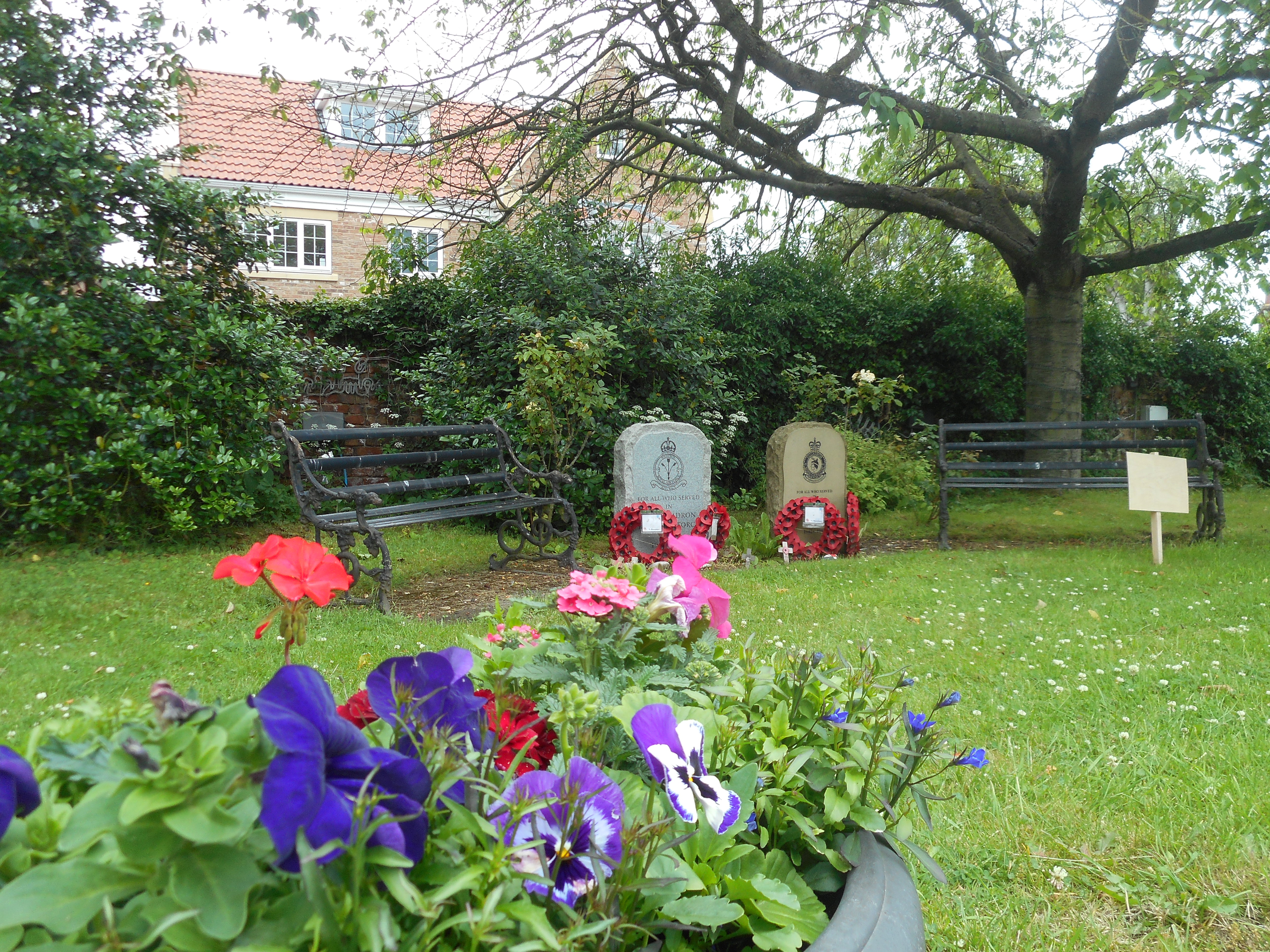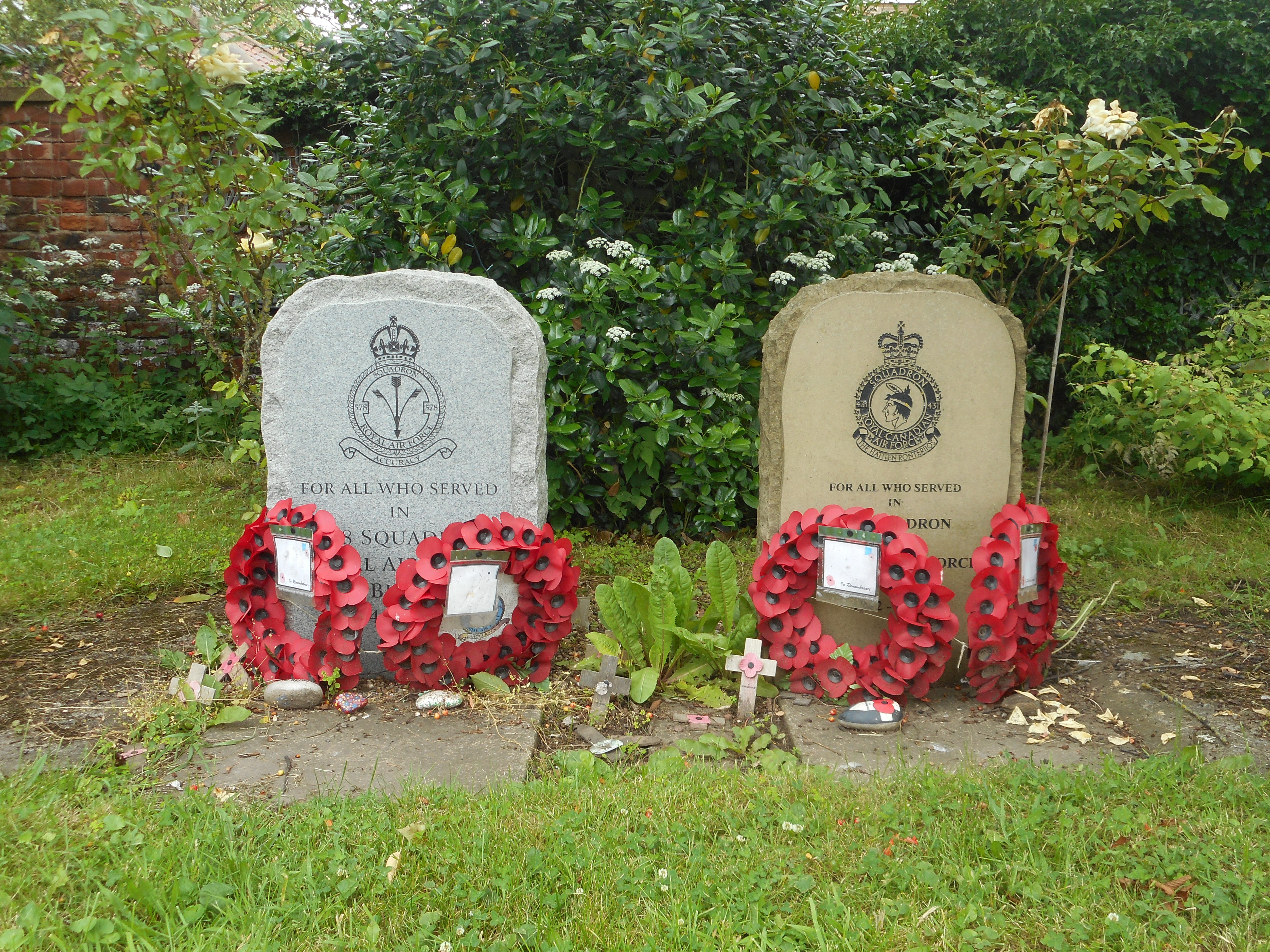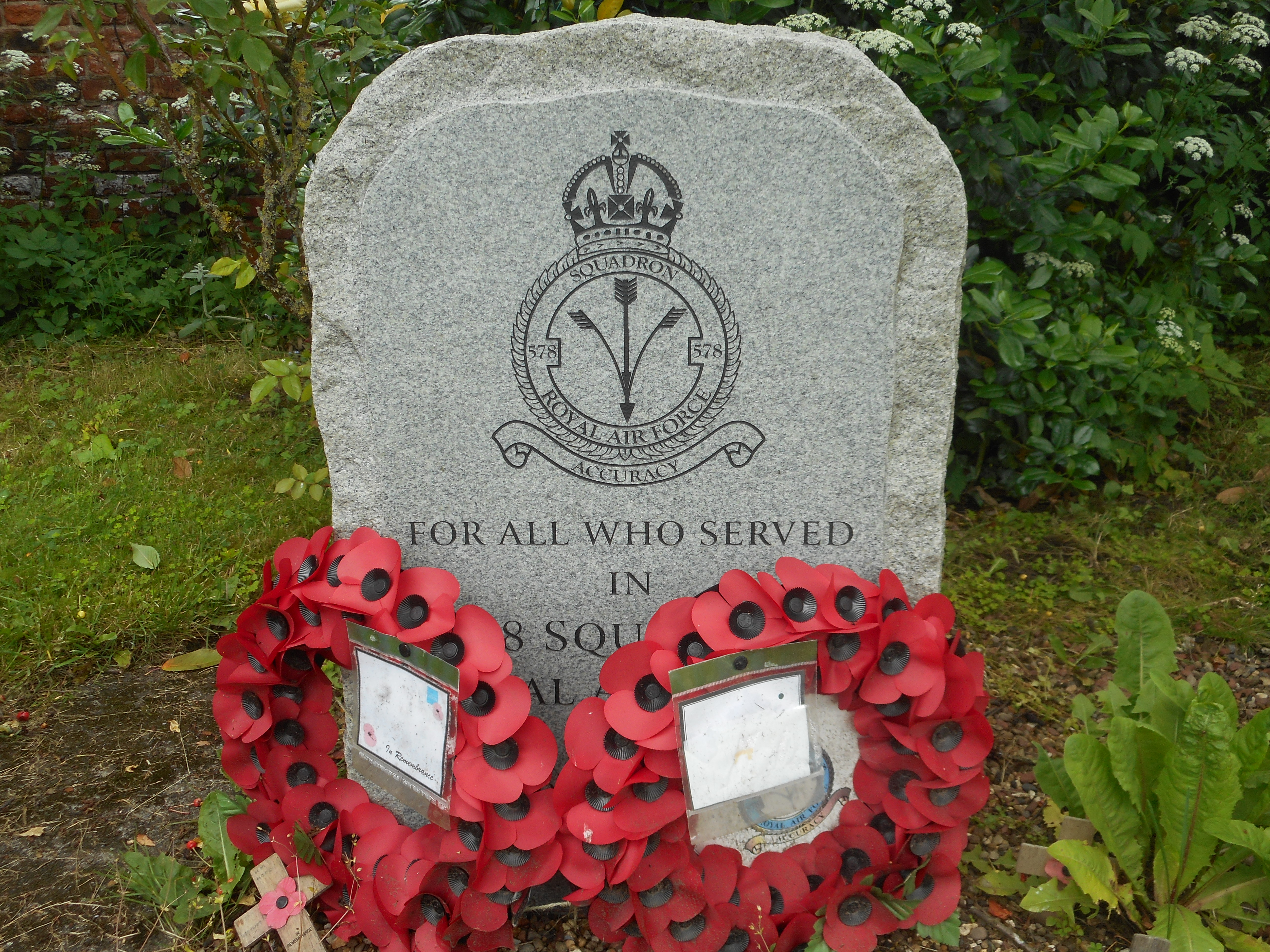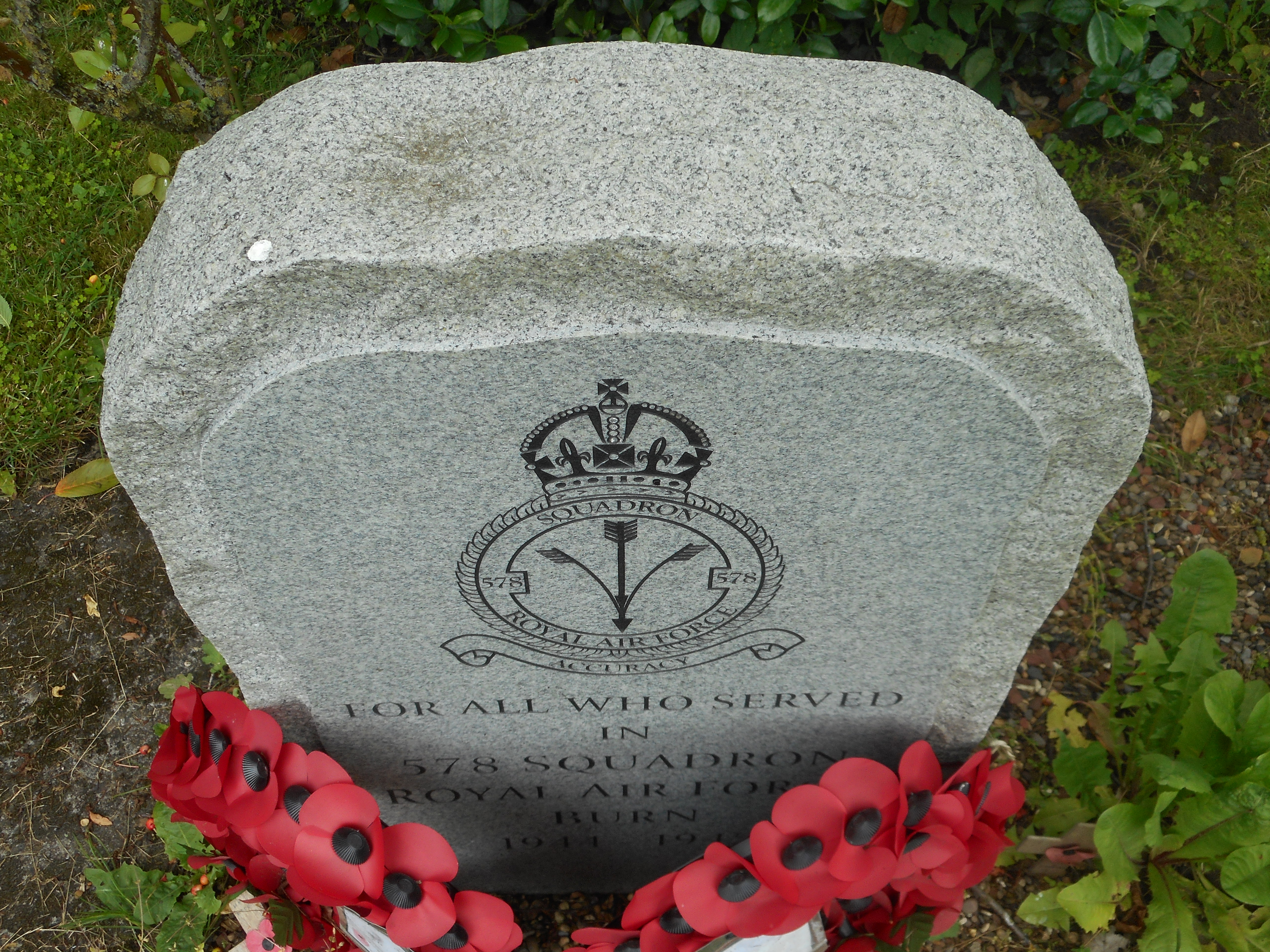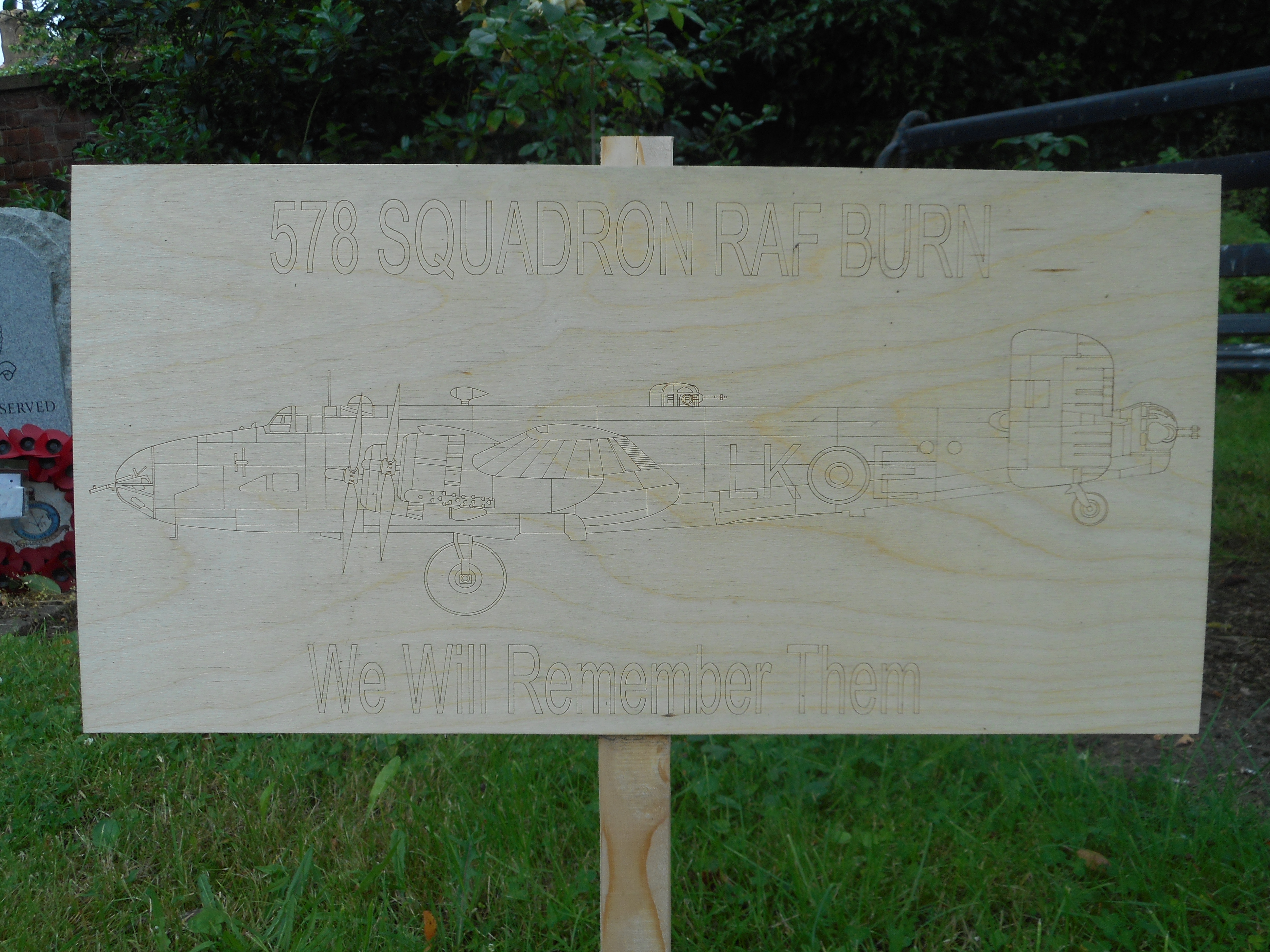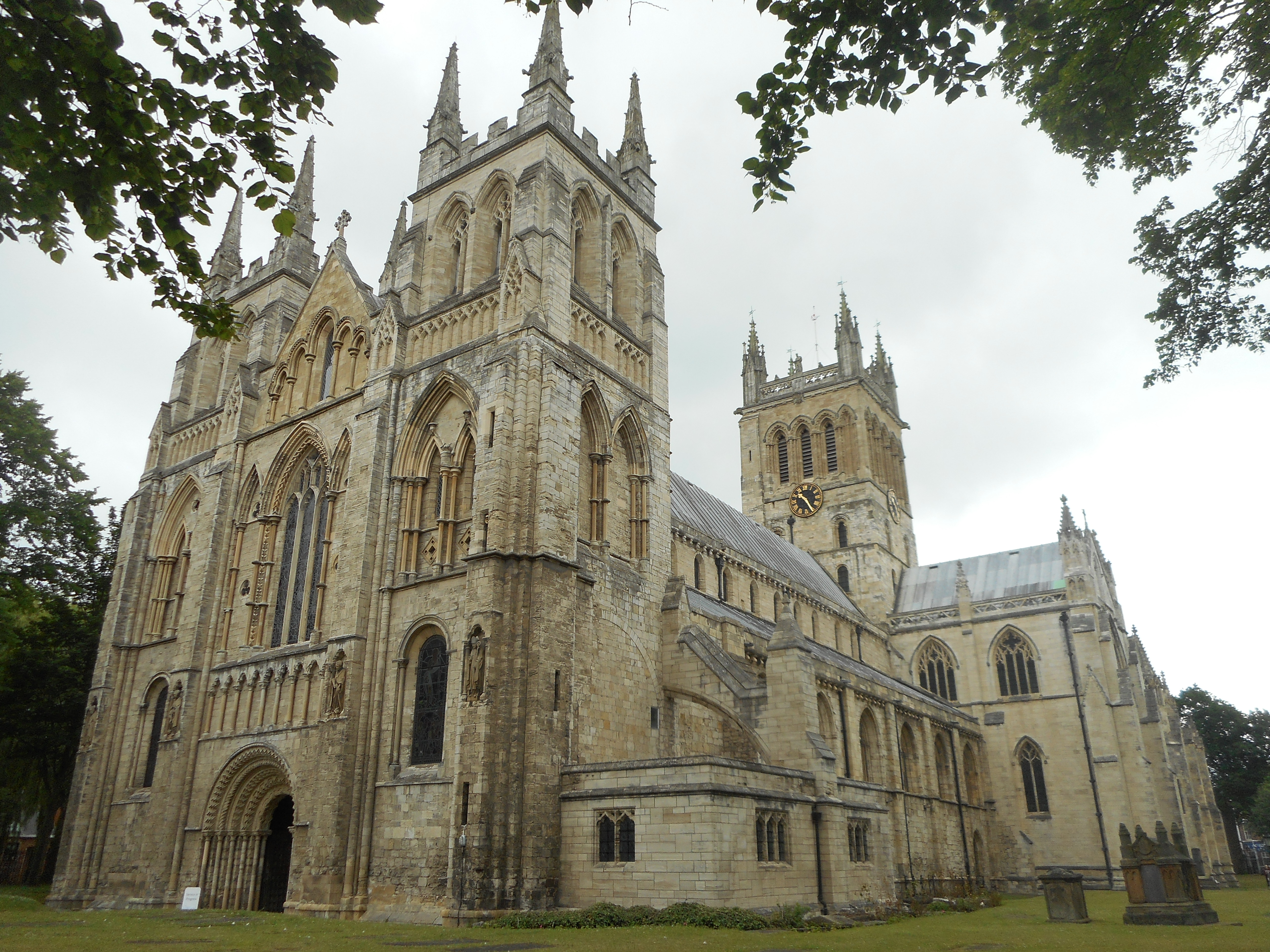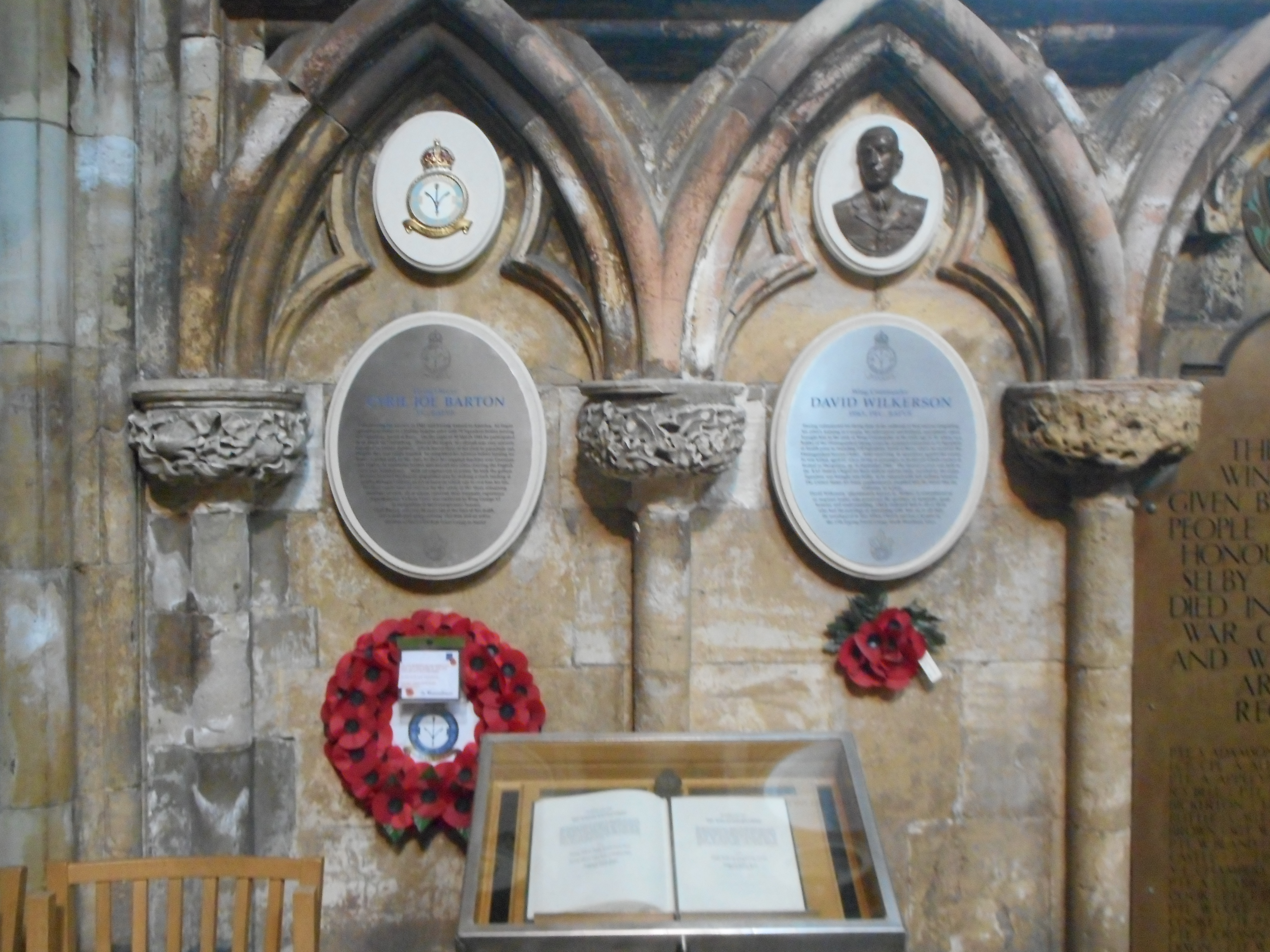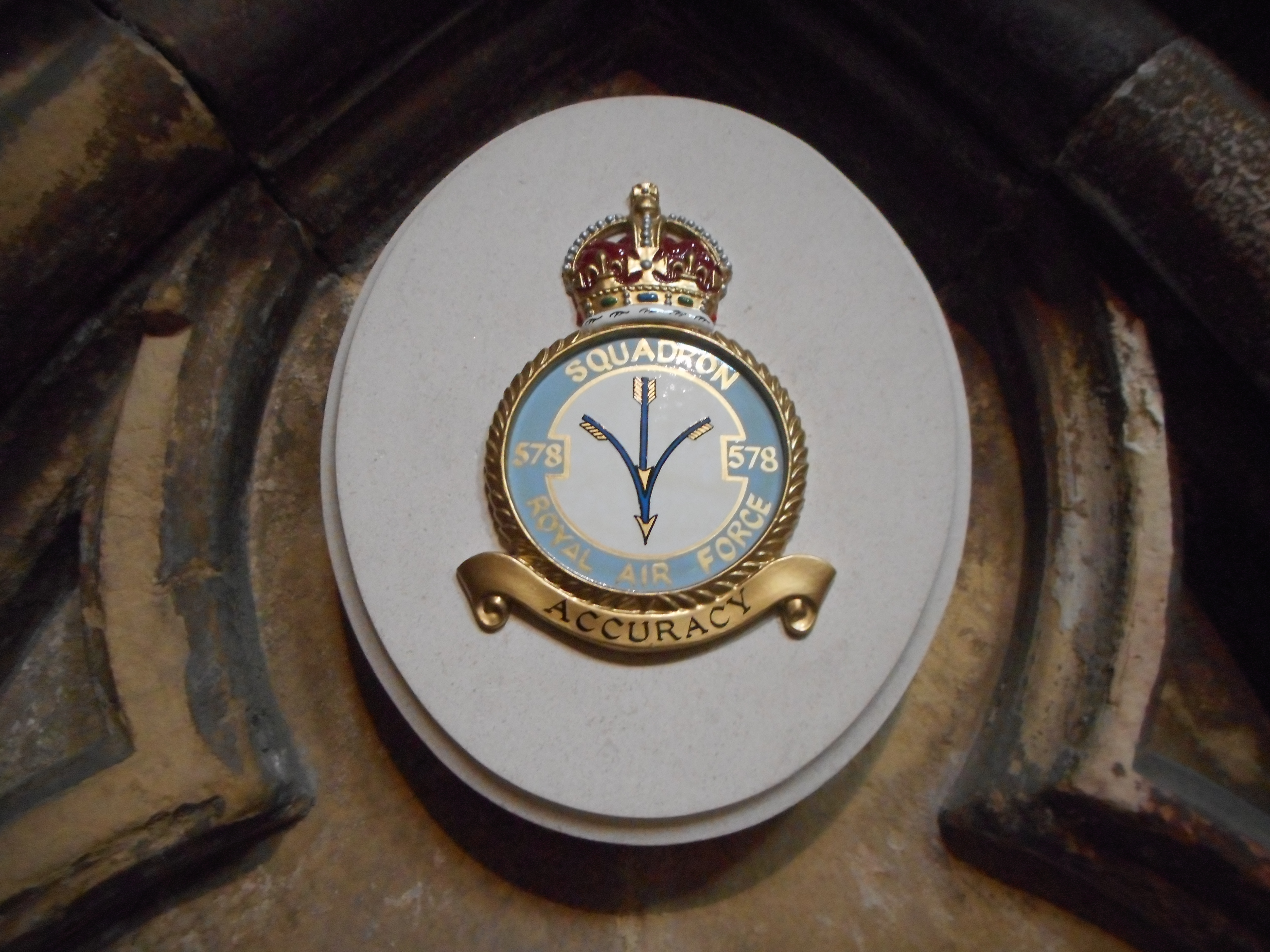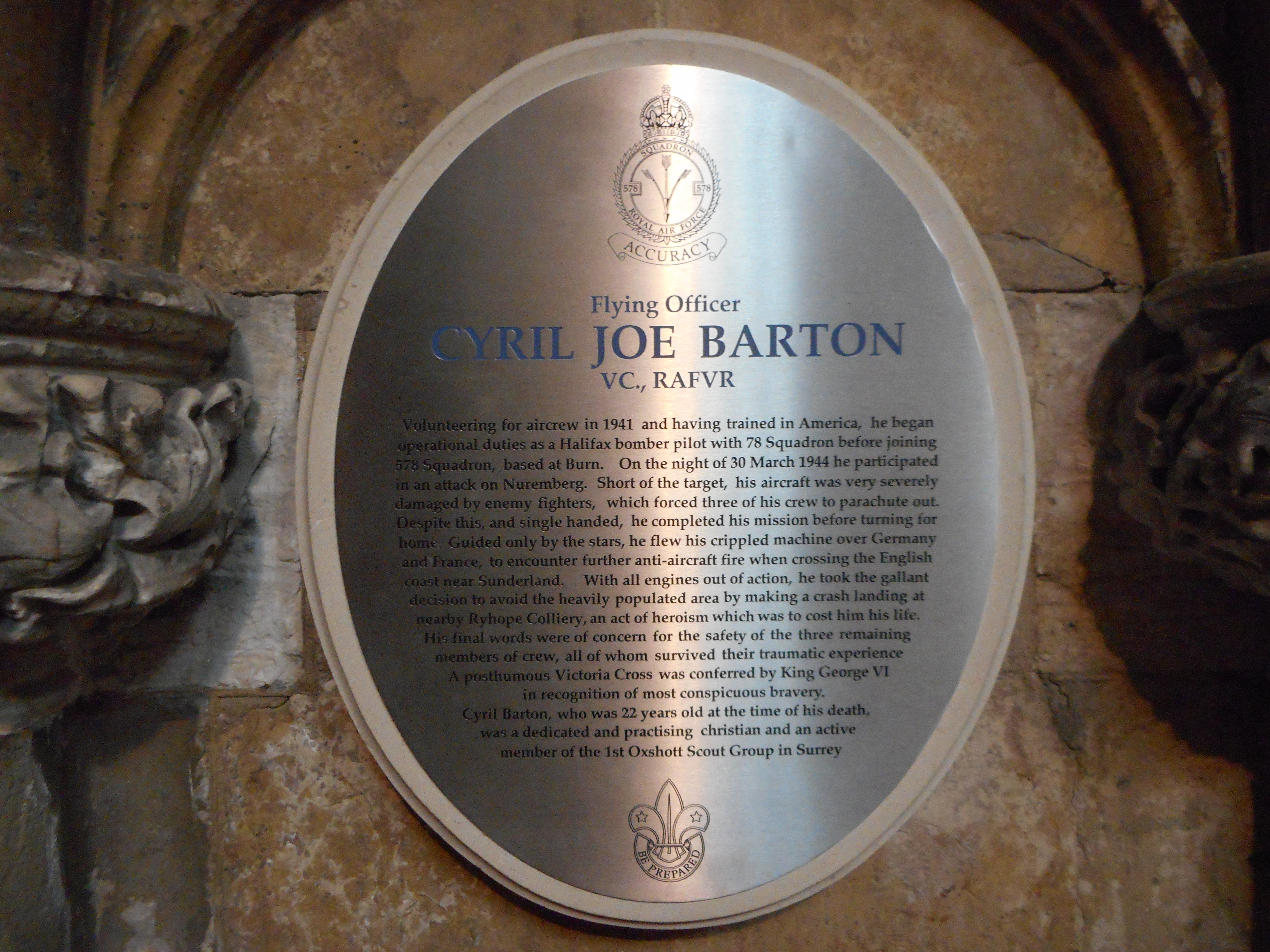Sargent, William Earl
Personal Information
| Rank | F/S |
| Forename(s) | William Earl |
| Surname | Sargent |
| Gender | M |
| Age | 29 |
| Decorations | |
| Date of Death | 31-03-1944 |
| Next of Kin | Son of William Sidney Sargent and Barbara Sophia Sargent (née Ericksen), of Vancouver, British Columbia, Canada. |
Aircraft Information
| Aircraft | Handley Page Halifax III |
| Serial Number | MZ508 |
| Markings | LK-N |
Memorial Information
| Burial/Memorial Country | Germany |
| Burial/Memorial Place | Durnbach War Cemetery |
| Grave Reference | 8. B. 13. |
| Epitaph |
IBCC Memorial Information
| Phase | 2 |
| Panel Number | 237 |
Enlistment Information
| Service Number | R/166832 |
| Service | Royal Canadian Air Force |
| Group | 4 |
| Squadron | 578 |
| Trade | Air Bomber |
| Country of Origin | Canada |
Other Memorials
| Location | Adjacent to A19, Burn, North Yorkshire |
| Country | United Kingdom |
| Memorial Type | Inscribed Memorial Stone |
| Memorial Text | For all who served in 578 Squadron Royal Air Force Burn 1944 - 1945 |
| Location | Methodist Church, Burn, North Yorkshire |
| Country | United Kingdom |
| Memorial Type | Inscribed Metal Plaque |
| Memorial Text |
| Location | Selby Abbey, Selby, North Yorkshire |
| Country | United Kingdom |
| Memorial Type | RoH in Glass topped wooden cabinet |
| Memorial Text | In memory of all 578 Sqn Aircrew who failed to return from Ops at RAF Burn |
Miscellaneous Information
| William was born on 11 October 1914 at Vancouve. His father, who was deceased by the time of William's enlistment, was born in Vermont, USA and his mother was born in Norway. He had one married sister and five brothers, John, Eric, Colin, Paul and one other. The schools he attended were New Hazelton Public in New Hazelton , British Colombia 1920-1929 followed by Hazelton High 1929-1933. The sports he enjoyed were badminton, walking, hunting and fishing. William worked as a Miner at Pioneer Gold Mines 1936-1939, at Consolidated Mining and Smelter Co. In British Colombia, as a Diamond and Drill helper 1940-1941, and as Foreman of a Road crew 1941-1942. |
| He enlisted on 1 June 1942. After training he was posted to the U.K. and embarked from Halifax on 27 May 1943. arriving at 3PRC on 5 June. He then continued to 10 (0) AFU. 14 June 1943, 20 OTU 20 July 1943, 1663 CU 13 December 1943 and 578 Squadron 25 March 1944. Sadly William then lost his life just a few days later on 31 March 1944. |
Commonwealth War Graves Commission
The National Archives
| Record of Events (Operational Record Book) AIR 27/2052/7 |
| Summary of Events (Operational Record Book) AIR 27/2050/5 |
Fellow Servicemen
Last Operation Information
| Start Date | 30-03-1944 |
| End Date | 31-03-1944 |
| Takeoff Station | Burn |
| Day/Night Raid | Night (45% moon) |
| Operation | Nuremberg. 795 aircraft, 95 losses (11.9%)- the highest of any raid. High-cloud was expected to offer protection to the bomber stream but the target would be clear for the bombing run. A Mosquito meteorological flight had predicted that in fact that would not be the case, but the raid went ahead anyway. The German controller ignored the diversionary raids and had his fighters circling close to the route of the main force, using Tame Boar tactics. Consequently, the fighters engaged the bombers before they reached the Belgian border. The clear conditions allowed the fighters to pick off bombers at will with 82 of the 95 bombers being Lost on the outbound leg. Strong winds meant that some of the bombers went off the intended route and as a consequence many bombed Schweinfurt in error, some 50 miles from Nuremberg. The problem as exacerbated by two PFF aircraft dropping markers in Schweinfurt. Overall, the raid was a failure and little damage was caused. |
| Reason for Loss | Shot down by a night-fighter on approach to the target area. Crashed at Ermreus, NE of Erlangen, Germany |
